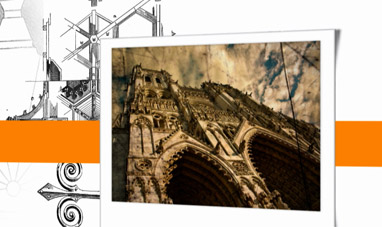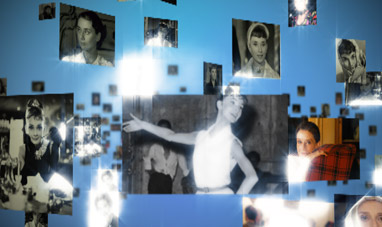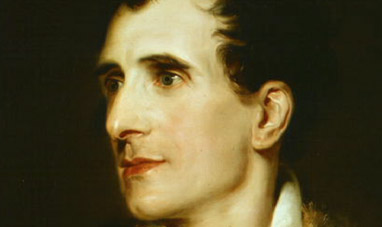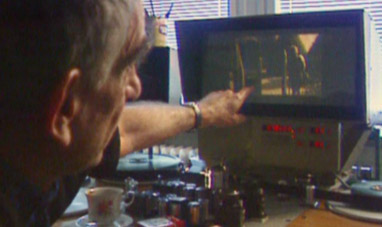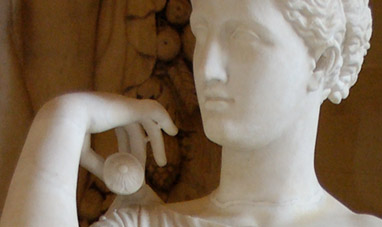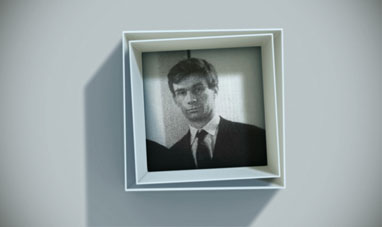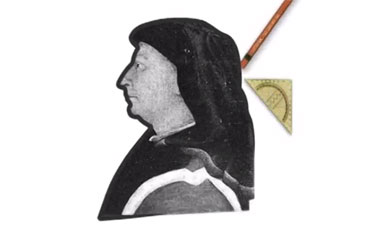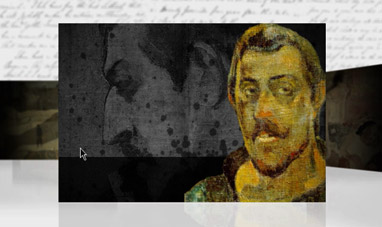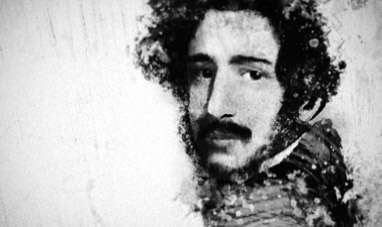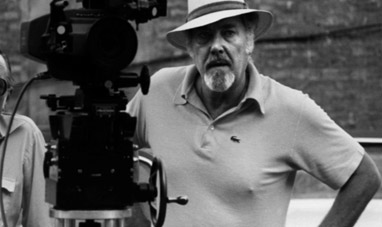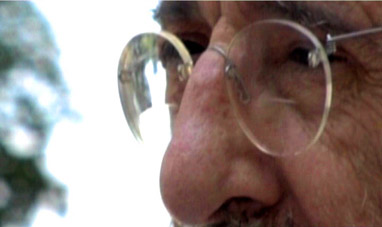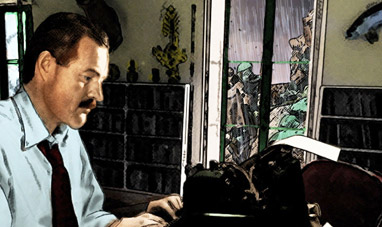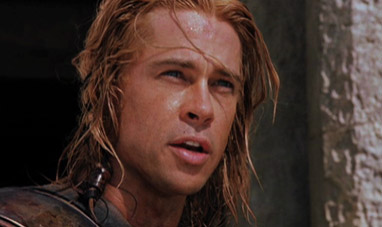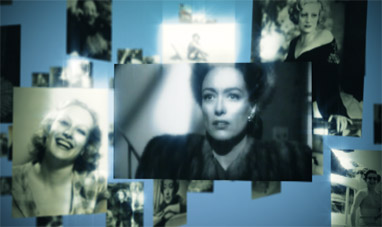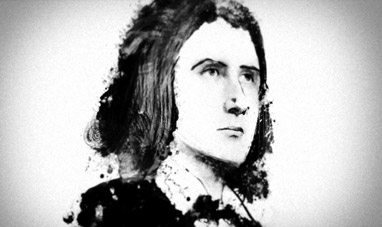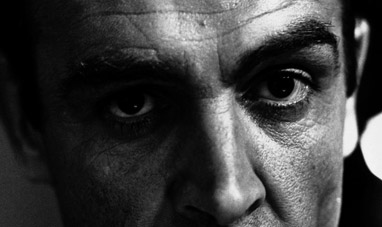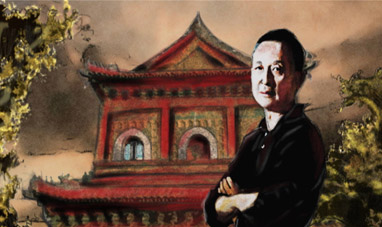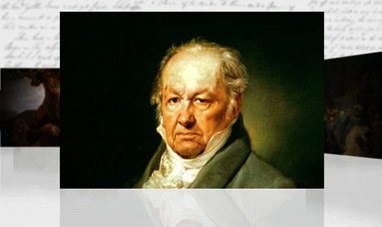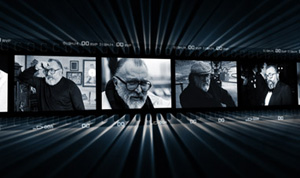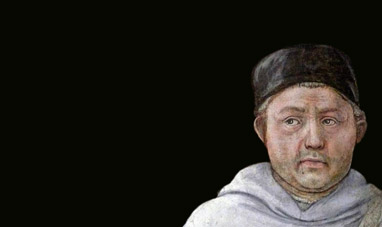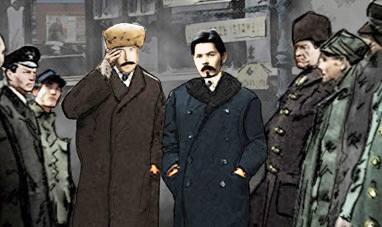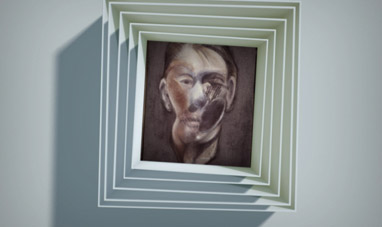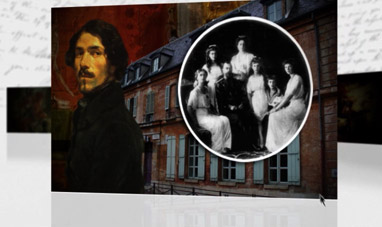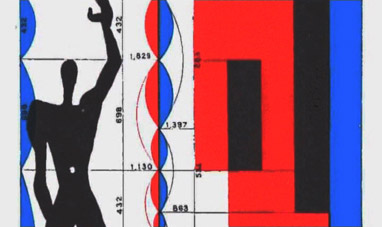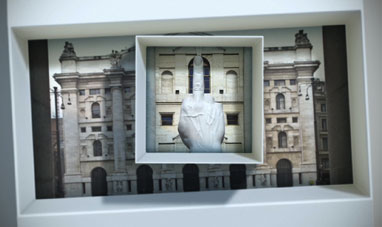Titian Vecellio was one of the greatest Italian painters of the 16th Century. He was born around 1490 into a well-to-do family in Pieve di Cadore, a village in the Italian Alps. While still young, Titian moved to Venice to study painting. He became a pupil and assistant to Giorgione, an artist who was already famous in and around the city. Giorgione gave Titian a taste for realism. The younger artist also learned how to use vivid colors and paint without relying on preparatory sketches. In 1508, Titian helped his master decorate the Fondaco dei Tedeschi in Venice. The building served to host foreign merchants. According to the 16th-century painter and writer Vasari, many people mistook the younger artist’s efforts for the work of his master, complimenting Giorgione instead of Titian.
By the time Giorgione died in 1510, Titian was already famous. The order of Saint Anthony of Padua commissioned him to paint a cycle of frescoes depicting the Miracles of the Saint. Titian developed his personal style. His earlier realism gave way to an emphasis on dynamic body motions. This change anticipated the drama and expressiveness of Titian’s mature works. In 1516, he became the Venetian Republic’s official painter and received his first important public commission: an altarpiece for the Frari church in Venice. Starting in the 1520s, Titian came into contact with the major Italian courts. He received commissions from Alfonso d’Este, the Duke of Ferrara; Emperor Charles V; and Francesco Maria della Rovere, the Duke of Urbino. His artwork was characterized by strong pathos. Colors exploded in all their infinite variety, movement came to life, and shadows accented light. From the 1540s to the 1550s, Titian worked on commissions from important figures from all over Europe, including Pope Paul III, Emperor Charles V of Habsburg, and King Philip II of Spain.
By the time Titian was 60, every court in Europe considered him a master. But the painter did not stop experimenting. He started using his finger or a piece of cloth to spread color on his paintings in order to create unfocused, ephemeral shades. Titian also painted several self-portraits in his final years. After a number of people he cared about passed away, including Emperor Charles V, Titian’s paintings became restless and dramatic. Titian died on August 27, 1576 in Venice. He was more than 80. He had not yet finished the work he wanted on his tomb, the Pietà. He was one of the undisputed grand masters of the Renaissance. The dramatic spirit of his work inspired much art to come. Titian’s work has even influenced recent artistic movements such as Expressionism, which began 300 years after the Venetian painter’s death.
By the time Giorgione died in 1510, Titian was already famous. The order of Saint Anthony of Padua commissioned him to paint a cycle of frescoes depicting the Miracles of the Saint. Titian developed his personal style. His earlier realism gave way to an emphasis on dynamic body motions. This change anticipated the drama and expressiveness of Titian’s mature works. In 1516, he became the Venetian Republic’s official painter and received his first important public commission: an altarpiece for the Frari church in Venice. Starting in the 1520s, Titian came into contact with the major Italian courts. He received commissions from Alfonso d’Este, the Duke of Ferrara; Emperor Charles V; and Francesco Maria della Rovere, the Duke of Urbino. His artwork was characterized by strong pathos. Colors exploded in all their infinite variety, movement came to life, and shadows accented light. From the 1540s to the 1550s, Titian worked on commissions from important figures from all over Europe, including Pope Paul III, Emperor Charles V of Habsburg, and King Philip II of Spain.
By the time Titian was 60, every court in Europe considered him a master. But the painter did not stop experimenting. He started using his finger or a piece of cloth to spread color on his paintings in order to create unfocused, ephemeral shades. Titian also painted several self-portraits in his final years. After a number of people he cared about passed away, including Emperor Charles V, Titian’s paintings became restless and dramatic. Titian died on August 27, 1576 in Venice. He was more than 80. He had not yet finished the work he wanted on his tomb, the Pietà. He was one of the undisputed grand masters of the Renaissance. The dramatic spirit of his work inspired much art to come. Titian’s work has even influenced recent artistic movements such as Expressionism, which began 300 years after the Venetian painter’s death.

